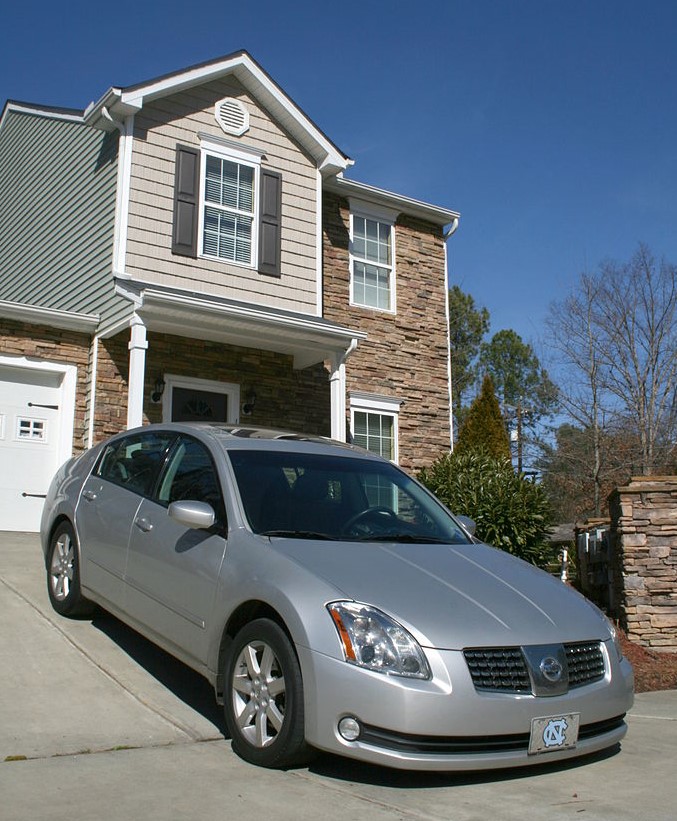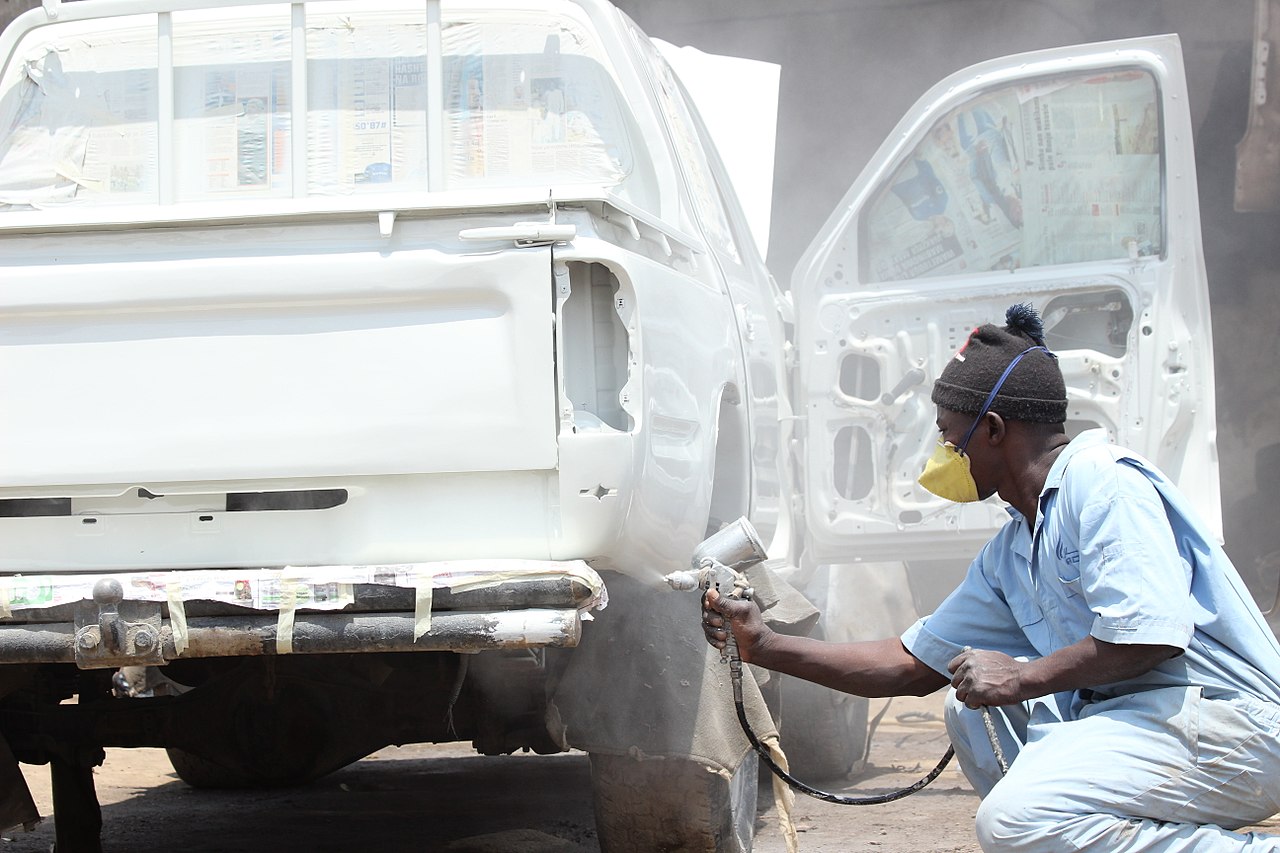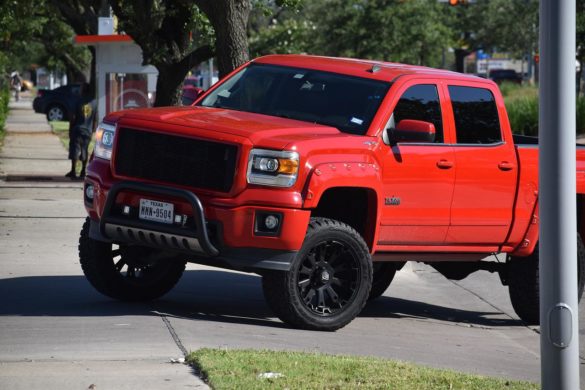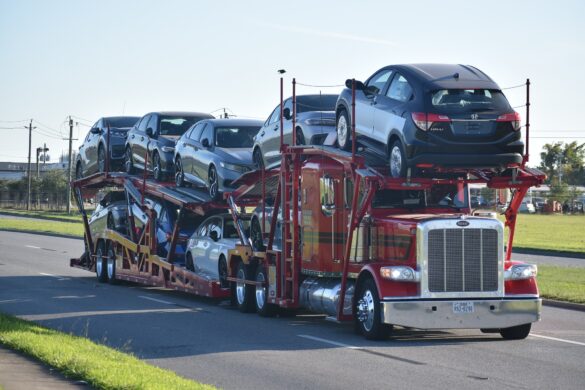
What is bundling and what is bundle car and home insurance?
It is natural that in conditions of high competition in the insurance market, companies are always fighting for the client. All possible tools are used: discounts, special offers, unique approaches, and individual products. One such product is bundling. Its idea is simple and brilliant. We arrange package insurance for our real estate and cars with one agent. As a result, we get a policy, discounts (albeit not always), and several preferences. That is a win-win situation—both the client and the service provider benefit.
But, let us understand in pros, cons, and the nuances of this transaction. And if it is justified, to lay all the eggs in one basket sometimes.
Bundling can save us money. How many? It all depends on many nuances, on average – from $ 100 a year. But, some companies offer discounts of up to 25 percent on a home and 15 percent on a car. Everything is in your power. Look for the study provides and do not hesitate to ask friends and relatives about their experience with providers.
Other pros are the apparent benefits of working with one company. Like a family doctor, our insurer can gradually turn into our friend, who we can rely on in an awkward moment. And the one who will fight to the last to save us as a client. And this relationship will ultimately bring profit to both we and the provider. Also, having a package policy will make it much easier for us to manage it and see gaps.
But, not everything is so cloudless. Like any transaction, bundling may be disadvantageous specifically for us.
Insurance is always a personal and individual document. And the discount does not still allow us to save money. For example, if we drive less than 10,000 miles a year, bundling will not be more profitable than a mile-pay policy. Also, bundling bets are not permanent. They are subject to change, and for some reason, the provider may raise our bids. By this, we understand to know about bundle car and home insurance.
And beware of unscrupulous companies. Some of them are very fond of small print in contracts. And in the event of an insured event, it may turn out that we will have to deal with the branch of the company with which the contract is concluded. That is, trying to shorten and simplify the dialogue, we can get an extra participant in an unpleasant conversation. In general, the bundling price within one company allows us to save from 4 to 10 percent. And this, of course, is the reason to study this type of policy carefully.
First, study in detail the contracts that are valid to date. Analyze them and form a detailed picture for yourself – all further steps depend on it. Next, explore the market. It will take a lot of time, but believe me, it’s worth it. Take an interest in the opinions of friends and relatives, read reviews on the Internet – this is the case when someone else’s advice will be beneficial.









